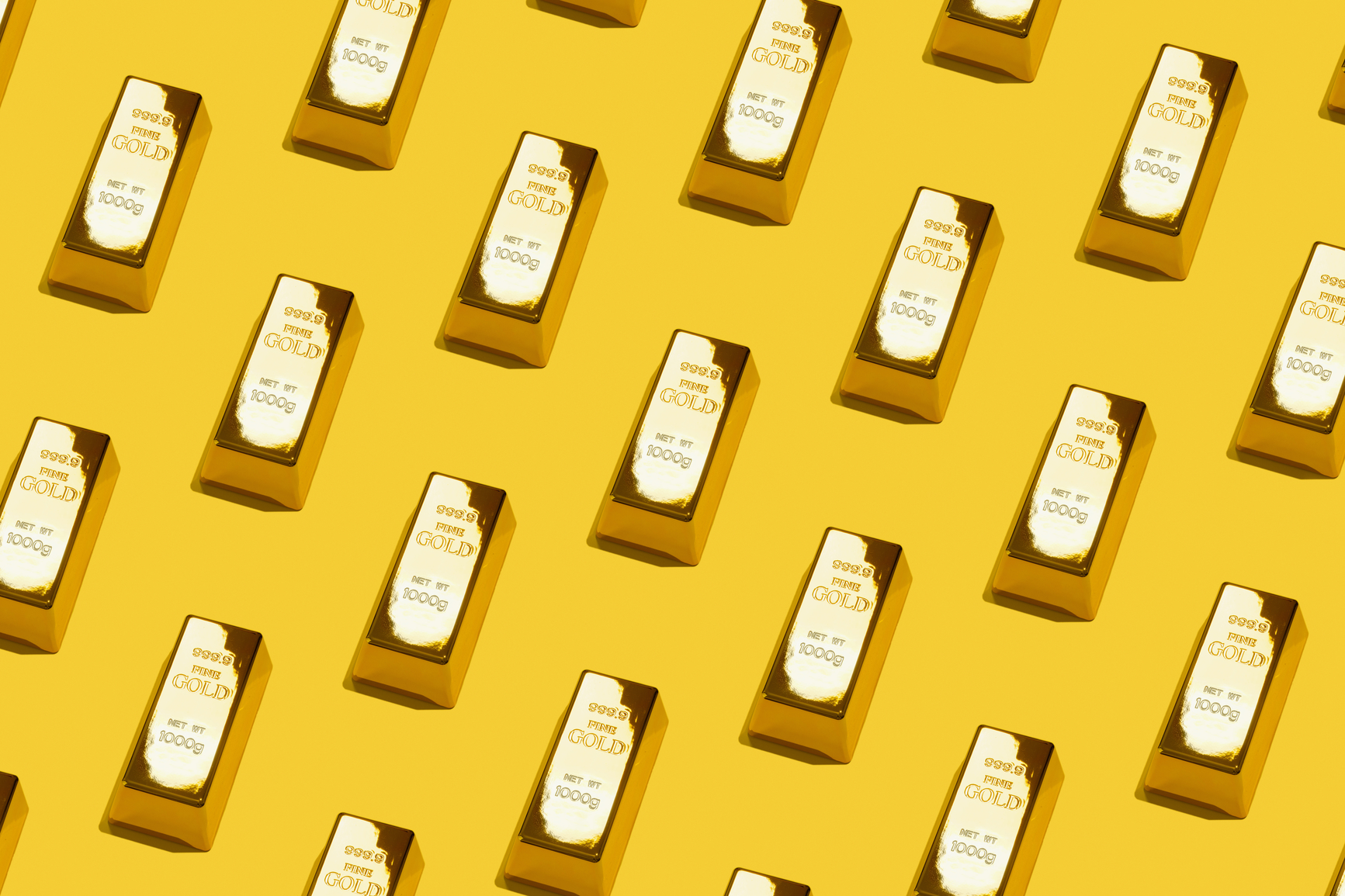
Looking for a complete mental and physical workout? Try choosing a new brand name.
It can be an equally creative and facepalming, nauseating, sweat inducing exercise — especially for businesses that adopt highly descriptive names.
It’s easy to see why new businesses gravitate towards the descriptive side with their brand names. Descriptive names give your audience, and potential customers, an immediate understanding of what you do and offer. As the number of attention seeking businesses grows, the potential consumer attention span shrinks. So first impressions can really count. Any instant recognition can be valuable for a new business starting out with little to no brand equity.
The Descriptive Downside
While a descriptive brand name might serve a practical purpose, it can be problematic when it comes to trade mark registration and protection. Trade marks are a unique and recognisable way to identify the product and services offered by one business from those of another. And a trade mark registration provides a brand owner with exclusive rights to the own and use the trade mark.
Considering the value and purpose of a trade mark registration, descriptive words or expressions should be available for one and all to use — especially if they directly describe, or are commonly used to describe, the products and services on offer.
Aside from the potential uphill battle you’ll face trying to secure a trade mark registration for a descriptive brand name, you’ll probably feel like a hamster on a wheel trying to prevent others from using an equally or similarly descriptive word or expression. We see businesses encounter these problems on the regular.
Now, we’re not saying all descriptive words make for bad trade marks. It just takes a little (or a lot) more care and creativity when using descriptive words as part of your brand name. A brand name that can tell your story, capture attention and secure protection — Holy Trinity Batman! That’s branding and trade mark gold.
Verbal Illusions
A crafty brand can say a lot with a few plain English words. Check these 20 brand names that #telluswithouttellingus what they’re all about:
- Buffet Digital — a creative studio catering to the hospitality industry and offering a smorgasbord of branding, editorial and art services.
(My eyes are definitely bigger than my stomach thanks to the endless tasty morsels this team serves up.) - Killjoy — an online retailer that curates and offers a range of non-alcoholic bevvies. (Happy to be a killjoy with the tasty tipples on offer.)
- Heaps Normal — a beer brand that aims to normalises mindful drinking by brewing tasty beer minus the alcohol.
(The story behind the brand is really worth a squiz.) - Sans Beast — a fashion brand offering bags and accessories – made from vegan leather, not animals.
(Conscientious branding and business are always in style.) - Afterpay — a pioneer (and now behemoth) of the buy now, pay later service.
- SoundCloud — one of the world’s largest open online music and audio streaming platforms.
(The platform recently introduced a game changing and industry first model of fan-powered royalties for emerging and independent artists.) - BuzzFeed — a media and news company.
- Binge — a video streaming service.
(Grateful for access to all the HBO goodies. The Wire is the best TV show in history. Fite me.) - YouTube — an online platform to share and view user generated video content.
- Airbnb — an online marketplace for accommodation.
(From a the rental of a humble air mattress to an IPO last year, talk about moving on up.) - Duracell — a nod to durable cell batteries.
- Groupon — a marketplace offering group discounts for products and services.
- Twitter — a microblogging platform for sharing short bursts of info.
(And home to some of the funniest brand banter.) - World Vision — a global children’s charity.
- Amazon — the world's largest river providing inspiration for the world's largest online retailer.
(The brand is having the prime of its life during the pandemic.) - Monocle — a magazine with a view on international affairs, business, culture and design.
(And one of our favourite reads.) - Playstation — a video game console.
(The PS5 still on the endangered species list.) - Peloton — a subscription-based online fitness service.
- Pizza Hut — a place that sells pizza.
(The founding brothers settled on the name because their signage was short on space. It only had room for 8 letters. True story.) - Mastercard — one credit card to spend it all.
Do take inspiration from the strategy and approach these businesses took in crafting their clever brand names. Don’t imitate the brand names.
TLDR: There’s a sliding scale when it comes to descriptive names and trade mark protection. Need a hand finding out where your brand name sits on the scale? You know where to find us.




